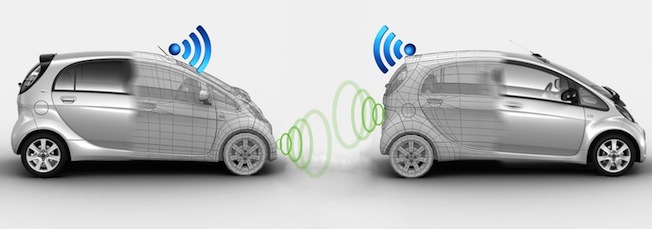More and more modern cars are equipped with new safe and comfort technologies. Nowadays, it is possible to enter a car without a key, cars can recognize oncoming obstacles and stop. Moreover, we do not realize that the ease of use for modern cars is owed to thousands of information systems, and that creates problems we would never connect to motorization.
It is true that the mentioned systems make our lives easier and make using the cars safer. Due to the complexity of these systems and the fact that various components come from different companies, modern cars are one of the most complicated IT systems in the environment. While nuclear power plants’ code lines can be counted in hundreds, the lines in modern cars sum up to millions. Each of the modules is provided by a different producer that is why the possibility of verifying that the car is working correctly is diminishing.
The most common concern related to intelligent cars is the possibility of theft. The no-key systems allow not only the owner to get into the car, but also adequately equipped thief. Not so long ago an information on loopholes in Volkswagen key security systems came up. It is estimated that over a hundred million cars throughout the whole world are vulnerable to such intrusions.
Another concern is the fact that the producer can remotely control the functions of the car systems. In this case, it is possible that someone other than the producer can interfere in the systems. For example, with the right access one could turn off the communications on the board computer, so the driver will not recognize the coming threats. The criminal could also turn off airbags or use the brakes during the car’s movement. The possibilities growing in size. There is also a problem with autonomous cars, which can drive almost by themselves. The car producer Tesla had a situation where an error in the car’s software cause a few collisions, which has ended the promotion of Tesla S as a car that driver itself.
In conclusion, the information systems in modern cars come with great cost to the producers and a great risk to the consumers. In case of cars it is not possible to have a hundred percent assurance of safety. Furthermore, it appears that the more expensive a car is the greater the risk, because it has more technology implemented and it encourages the criminals more to break the security systems.
References:
http://www.techtimes.com/articles/67253/20150728/driverless-cars-safe.htm
http://www.informationweek.com/mobile/mobile-devices/smart-cars-vulnerable-to-security-hacks-report-finds/a/d-id/1319031



